Got questions? Send us an email:
info@hpbs.uz
Certification of Public Buildings
When designing modern buildings, it is essential to follow current standards for environmental sustainability and efficient resource use, as climate change set the guidelines for social development institutions, and countries must pay attention to issues related to climate risks.
Green certification systems help designers and building owners create healthier and more favorable environment for living and working, while obtaining certification becomes a tool that increases the investment appeal of real estate that considers climate risks during construction and operation.
Most often, residential, industrial, and office buildings undergo environmental certification. However, one can also find entertainment, sports, and educational facilities striving for increased energy efficiency and sustainability. In this article, we will look at examples of projects that are certified or undergoing green certification.
Fitness Centers
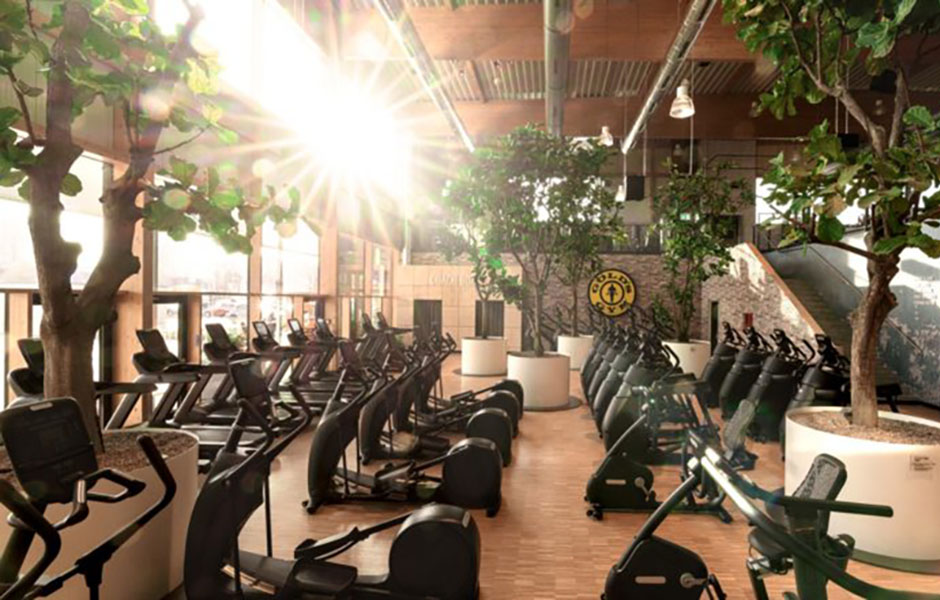
Source: https://rsggroup.com/
Fitness centers with green certification not only reduce their negative impact on the environment but also create advanced conditions for their visitors in terms of comfort. Special attention is paid to natural lighting, improved indoor air quality, and thermal comfort.
For example, Gold’s Gym in Berlin is a fitness center with unique environmental solutions, holding a LEED Platinum certification.
The modern sports complex in Berlin is designed with carbon neutrality in mind, using environmentally friendly and recycled building materials, with live plants and even trees placed inside the gym. The "Green Power" zone features spin bikes that generate clean energy, allowing workouts to reduce the user’s carbon footprint. In the near future, there may be a tool for issuing carbon credits for those actively engaged in sports: the more intense the workout, the more energy is generated, and hence, the more carbon credits are issued. This approach requires no additional energy and allows for reduced carbon emissions while creating a community of active people interested in improving the environmental situation.
Exhibition Centers
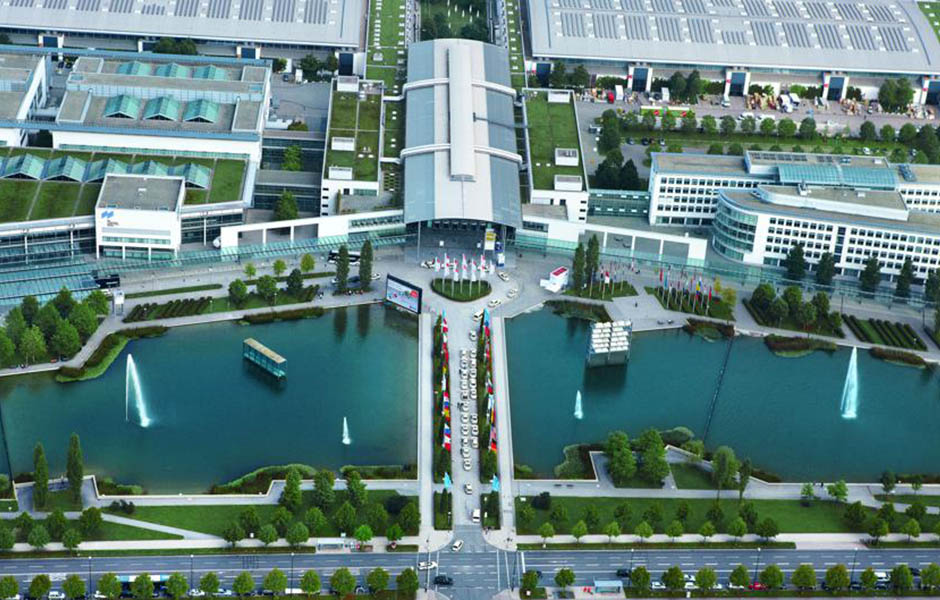
Source: https://www.horizont.net/
Modern exhibition centers use energy-efficient solutions and aim to obtain environmental certification to reduce operating costs and maintain a “green” image. Messe München in Germany is an example of an eco-friendly exhibition center, holding a LEED Gold certification. The building uses innovative technologies to manage energy consumption and minimize waste. All consumed energy is green, with solar and geothermal generation included. A pond in front of the exhibition center serves as a reservoir for collecting rainwater. With excellent transport accessibility, visitors can easily reach the center without needing to use private vehicles, significantly reducing fossil fuel consumption and greenhouse gas emissions. Messe München is not stopping there and has ambitious goals to achieve carbon neutrality by 2030.
Shopping Areas
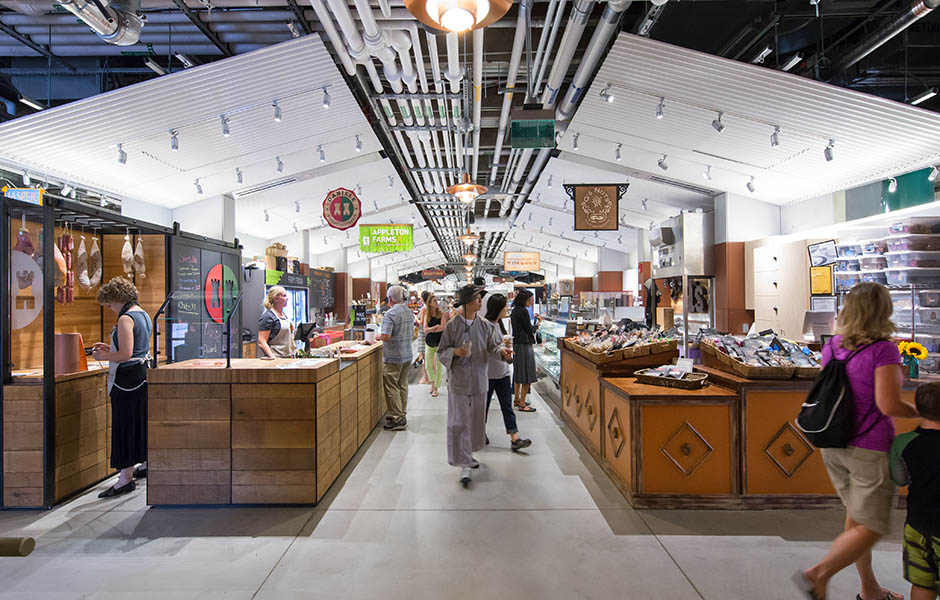
Source: https://www.usgbc.org/
Large shopping centers often seek green certification. The Boston Public Market in the USA, LEED Silver certified, is a unique example of sustainable development. Everything sold at the market is produced in New England, with most items sourced from Massachusetts. This project supports the local economy and reduces carbon emissions associated with transporting goods. All products presented at the market are fresh and of high quality, promoting a healthy lifestyle for city residents. The Boston Public Market also actively participates in educational initiatives to raise awareness of the importance of sustainable consumption and support for the local economy. It has become not only a place for shopping but also a community hub where people can exchange knowledge and experiences about healthy eating and environmental sustainability.
Educational Institutions
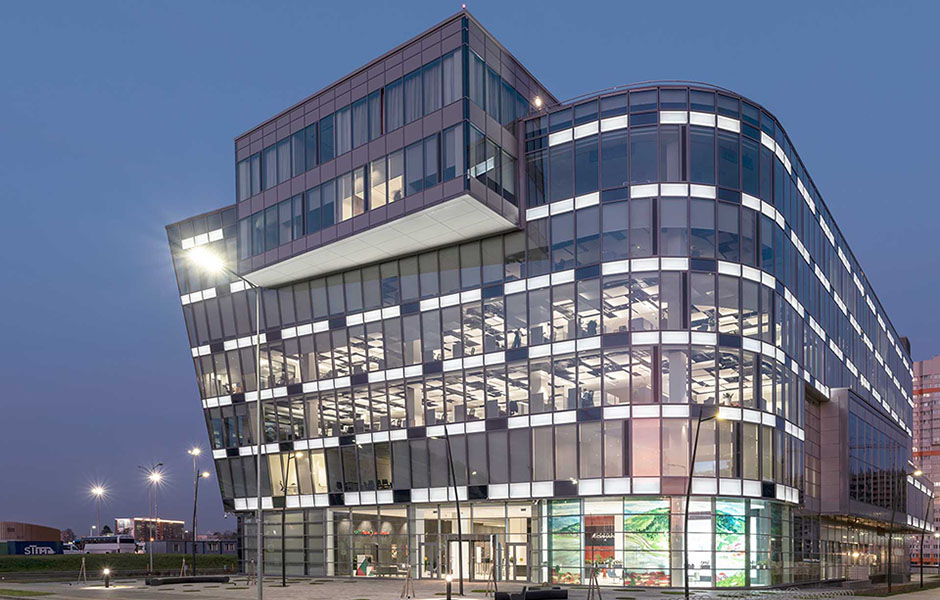
Source: https://www.tmk-group.ru/
Green certification of school, university, and other educational institution buildings plays an important role in fostering environmental consciousness among youth. The TMK Research Center in Skolkovo, Russia, holds a LEED Gold certification. The center is used to train qualified specialists for the Pipe Metallurgical Company and for digital modeling, research, and development of innovative high-strength materials. The project’s certification was carried out with consulting support from HPBS experts. Architectural solutions were optimized, automated lighting control and energy monitoring systems were implemented, and a modern ventilation system allows monitoring indoor air quality. The use of energy-efficient technologies and eco-friendly materials contributes to creating a healthy educational environment.
Cultural Venues
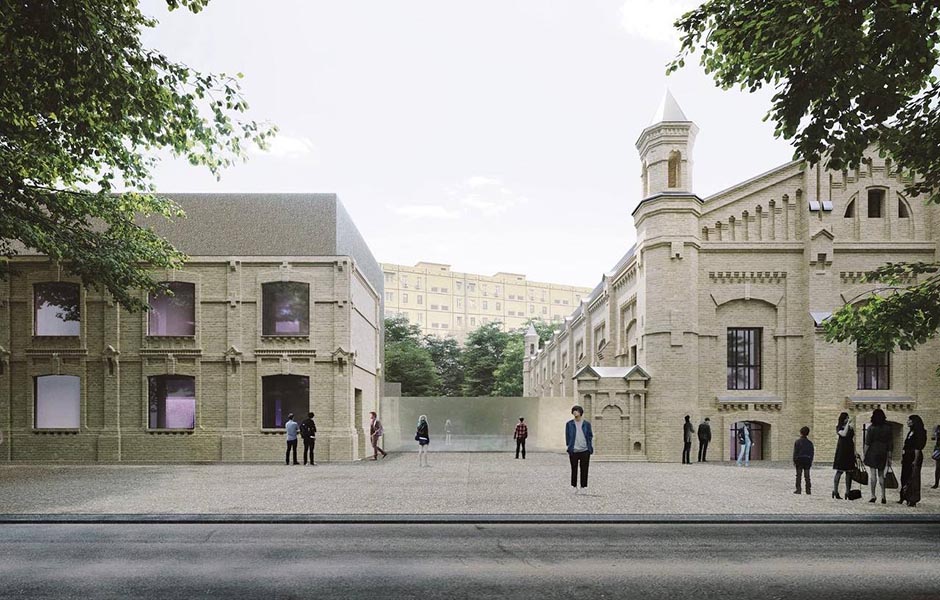
Source: https://t.me/acdfuz/1314
Museums and theaters can also be sustainable. The Center for Contemporary Art in Tashkent is pursuing LEED certification with a target Gold rating. Located in the historical part of the city, on the grounds of Uzbekistan's largest national park, the building will feature exhibition halls, a café, a restaurant, a library, VIP areas, conference rooms, and multifunctional public spaces. The HPBS team is working on the certification strategy, which includes the use of eco-friendly materials and measures to improve resource efficiency. Applying green building principles to cultural venues not only enhances visitor experience but also emphasizes the importance of promoting a culture of sustainability in society.
Business Centers
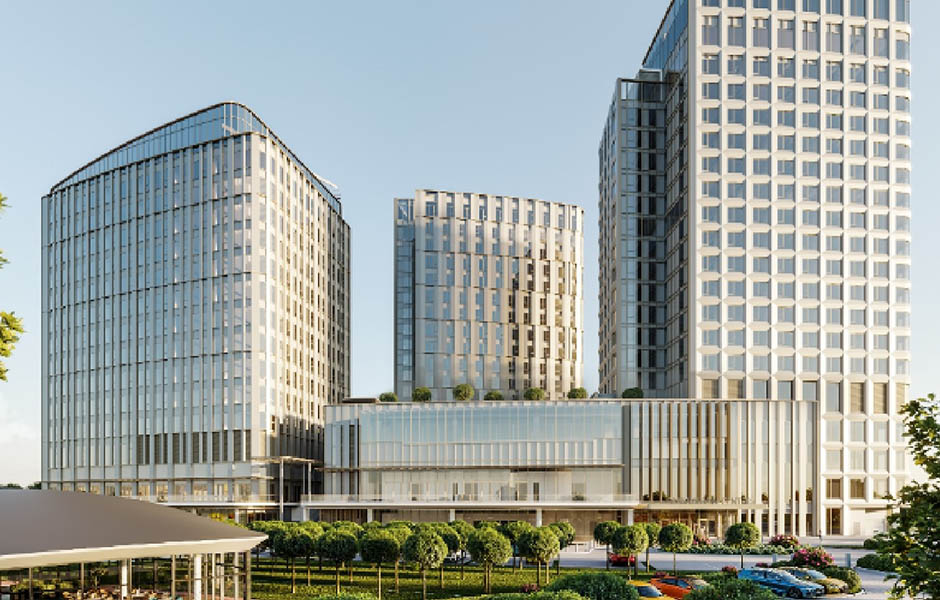
Source: https://trillianttashkent.uz/ru/sustainability
Sustainable development is also reflected in the design of business centers. The Trilliant Business Park, under construction in one of Tashkent's busiest districts, aims for LEED certification with a target Gold rating. In addition to office spaces, the project includes a five-star hotel, a congress center, retail pavilions, and sports and recreation areas.
The Trilliant project focuses on using energy-efficient technologies and creating comfortable conditions for visitors and employees. Efficient natural lighting, automated ventilation systems, and waste recycling solutions have been integrated, enabling optimized resource consumption and maintaining high indoor air quality standards. This modern complex provides comfortable working conditions and fosters environmental responsibility among tenants and employees.
Green building certification is becoming an important part of future architecture and construction, promoting a healthier and more sustainable environment for living and working. Certified buildings demonstrate how functionality and sustainability can be combined. When choosing solutions for new projects, it is important to consider sustainable technologies. Incorporate eco-friendly solutions into your projects.
Article by: Anastasia Andiuseva